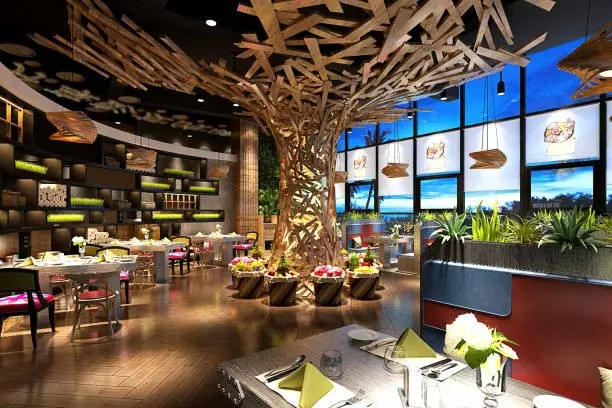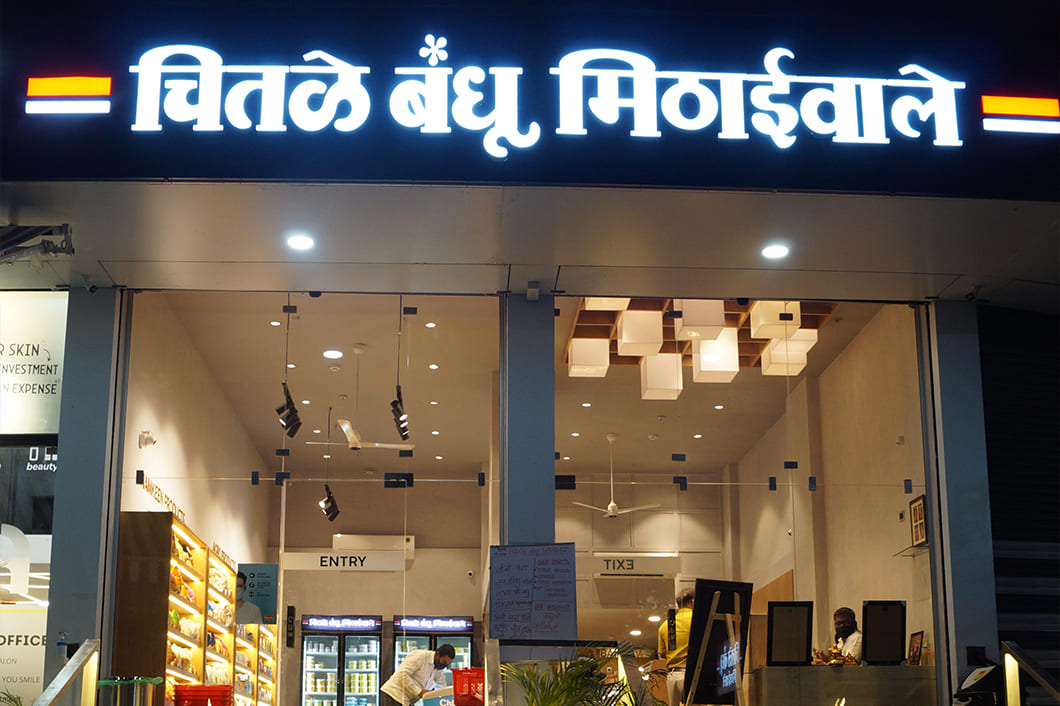In today’s world, it can be said that the policy of inclusiveness and accessibility in a business context is no longer a trend; it is a necessity, in the context of commercial interior design. They are relevant imperatives of successful commercial interior design activities. Designing facilities so everyone can use them irrespective of their disabilities is not only a legal provision in many areas but is also the right thing to do.
This blog will discuss inclusive design including; the aspects that define commercial interiors and the principles that should underpin such a process.
Why Inclusive Design
The concept of Inclusive design in commercial interiors is much more than mere adherence to the stipulated code of law. It shows the contemporary attitude towards diversity and inclusion and the desire to make the space accessible for all persons, including the disabled.
Web accessibility improves the company’s image, expands an enterprise’s client base and, in general, is conducive to facilitating the use of websites. Thus, paying attention to everyone’s needs would make it possible for designers to come up with the best functional, safety, and aesthetic designs for users.
Features of Inclusion of Commercial Interiors
Several critical aspects have to be considered to have accessibility in commercial interior design. This pertains to the consideration made on entrance and exits, traffic patterns, toilet facilities, furniture and fittings, the environment and the client’s perception, and the use of technology. Let’s further discuss them in detail-
Entrances and Exits
This is basic to access to buildings as it enables people with disability and the elderly to gain access to the building and move around within the designated area. This entails ensuring that there are ramps or lifts next to stairs. Additionally, the provision of doors wide enough for wheelchairs or other mobility aids. Doors should be unambiguously visible, and adequately illuminated, and must not have obstacles in front of them to impede access to everyone.
Circulation Paths
The path should be adequate to provide enough clearance for movement by persons in wheelchairs, walking sticks, or crutches within places with commercial activities. This includes the passageway or the area that links different rooms or sections of the store. Flooring should not be slippery and elevation changes should not be very large where people can accidentally slip on them. Where levels of access differ, they should be linked by ramps or a vertical shaft.
Restrooms
Designing interiors that are accessible is one of the significant objectives of barrier-free construction. Such ought to embrace features like the bars that can be grabbed, a sink that can be accessed easily, or even enough space that would enable the person in a wheelchair to move around.
Furniture and Fixtures
The design selected for furniture and fixtures should respect various users’ needs. Mom-and-pop stores that provide employees with height-adjustable workstations, armrest-free chairs, and accessible service counters where customers can approach the counter on the same level as the employees can see a considerable improvement.
Must Read: Building Intense Brand Experiences with Commercial Interior Design
Sensory Considerations
Being accessible means more than just it is not a physical impossibility to get there. In simple words, cultural requirements relate to things like the need to feel or touch for those with a visual or hearing disability. This can incorporate touch-sensitive floor indicators, Braille-embedded signs, and verbal notices for emergency alarm systems.
Technology Integration
Technology is an indispensable element for various commercial endeavors in the present and ever-evolving world. It is therefore true that integrating accessible technology makes a huge difference in the user’s experiences. It should also be connected to the internet via Wi-Fi and there should be charging points that are easily visible as well.
Principles of Accessible Design
To ensure comprehensive accessibility, designers should adhere to the following principles of accessible design:
Equitable Use
Spatial arrangements should be established to be commodifiable with people with disabilities. This implies a bad design that isolates or labels a user with a disability and this should not happen since we all need and require equal facilities and utilities.
Flexibility in Use
Main doors should be versatile enough to suit all people’s character and physical conditions. This may involve making some furniture with flexibility to be maneuvered by the users.
Simple and Intuitive Use
Spaces need to be comprehensible or be designed to be navigated by all people, irrespective of personal training, education, or language proficiency of the potential user. This can include well-placed and alphabetic marks, as well as logical designs of the rooms and halls.
Perceptible Information
Data that must be conveyed to users should be transmitted in a way that does not hinder the environmental conditions or any impairment in the sensory organs of the users. This includes the use of codes that involve the use of visual, audibility, and feeling skills.
Tolerance for Error
Safe designs should reduce the risks and negative repercussions of foreseeable intentional or unintentional actions. This can be in the form of easy-to-clean floors, handrails, obstacles such as slipperiness, and easily discernible and reachability emergency exits.
Low Physical Effort
Habitable areas should be usable taking into account possible fatigue experienced when interacting with the space. This is accomplished through the location of frequently accessed tools, equipment, and facilities in a way where movement is minimized, no bending or stretching is required, and moderate physical exertion is discouraged.
Conclusion
Accessibility is not just a mere legal requirement when designing and developing commercial interiors; it also acknowledges the need to make commercial interiors acceptable to all users within society. The concept of accessibility in commercial interior design is one of the investments into acceptance of diversity for not only the companies but the society as a whole.
Must Read: Developing a Culture of Cooperation: Office Design for Group Projects




